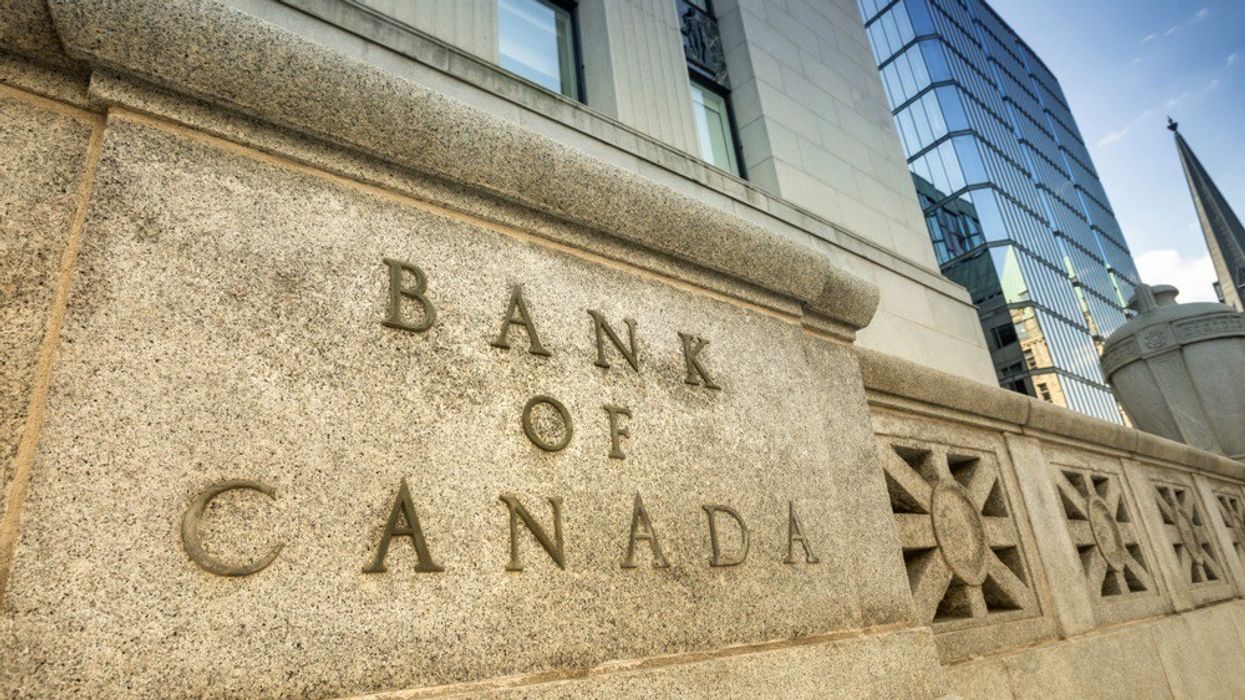Bank of Canada (BoC) Governor Tiff Macklem has been making appearances to the federal Department of Finance this week, sharing some important clues as to what’s next for the Canadian cost of borrowing.
Speaking to the Senate Committee on Banking, Trade, and Commerce on Wednesday, the central bank head stated that the BoC is ready to hike rates “forcefully if needed” in order to tame rising inflation, all while walking the narrow path to an economic ‘soft landing’.
“If you boil it down, the economy is overheating, that’s creating domestic inflationary pressure. We need to cool growth to cool inflation. We don’t want to overcool the economy, but we don't want it overheating and creating inflation. So yes, it’s going to be delicate."
These most recent comments follow testimony made to the House of Commons Finance Committee on Monday, acknowledging that the half-point hike made earlier this month is an “unusual” step, and that another is justified given inflation’s historically strong trajectory; it hit a pace of 6.7% in March, a three-decade high.
Macklem also acknowledged that the central bank had been too slow to move the dial at the start of the year on rates, when inflation started showing warning signs that it was outpacing expectations; it came in at 5.1% in January, higher than the forecasted 4.8%.
It was a tricky call to make, he suggested, given the economy was “coming out of the deepest recession we’ve ever had.”
“We got a lot of things right. We got some things wrong, and we are adjusting.”
The BoC caught some heat from the market and analysts when it chose not to hike its trend-setting Overnight Lending Rate in January, leaving it untouched at the 0.25% it had sat at since March 2020 (it was lowered in a series of emergency cuts at that time in response to the impending pandemic lockdowns). The central bank defended its inaction, however, pointing to the fact that lower interest rates had boosted the jobs market, business investment, and economic activity.
The BoC itself has signalled -- and a number of economists have also called -- for the OLR to end up in a “neutral” range of 2-3% before this hiking cycle is through. That means tougher borrowing conditions are to come for all consumers, whether they’ll need to make higher variable-rate mortgage payments, are taking out or renewing a fixed mortgage rate, or are carrying other floating-rate debt products like HELOCs.
READ: As Interest Rates Rise, Are HELOCs Becoming Too Risky?
According to new numbers from RBC, a return of the OLR to 2% will increase the average Canadian’s annual household debt repayments by $2,000 -- 15% -- in 2023, with the debt servicing ratios of lower-income households hardest hit.





















